In a passage from Mary Cantwell’s memoir, Manhattan, When I Was Young, the author describes experiencing a moment of awakening in the 1950s while shopping at an A&P on 23rd Street.
She sticks her hand in a meat bin, sees “her long thin fingers poised over a rolled roast” and says to herself:
How did I get here?
She is not talking about the A&P.
A “rolled roast awakening” came for me several years ago when I was on the verge of leaving New York City. After a few rough years, my life in the city felt a bit out of sorts and precarious.
Walking into Grand Central Terminal that day in the fall of 2015, I was flung back to a Manhattan, when I was young — and that trip to the past helped me find my future.
Grand Central, Part I, 1976
For six weeks in 1976 I had lunch on the same bench almost every day in the Grand Central Terminal waiting room with my new friend, Shelley.
We were both recent college grads — English majors—and couldn’t find jobs.
New York City was still reeling from a serious fiscal crisis, but it was the only place I wanted to be. Shelley and I had signed up for a typing course for “college women” offered by the Katherine Gibbs School, hoping it would help our chances of getting hired.
The fact that there was such a course underscored where we were in the second wave: get in the door, however you may.
The school was in the Pan Am building (now Met Life) just up the escalator from Grand Central, so we’d escape downstairs on our lunch break.
Eating out was expensive and we didn’t have time or money for lunch at a coffee shop, so the Grand Central waiting room was a place to sit and became our grimy lunchtime oasis.
In those days I was partial to Bologna on a roll from the deli, while Shelley brought her lunch from home in a plastic tray filled with dinner leftovers.
The waiting room at Grand Central was chaotic and noisy. New Yorkers, tourists and commuters passed through the hall, everyone in a hurry to get somewhere.
Men and women without homes sheltered and slept there. It seemed to me more women than men, but maybe that was because the public ladies room was right through the doors off the waiting room. It was the place where the women could take their carts of belongings with them and wash up.
One of the women would offer us the same greeting whenever she saw us on the bench: “Here they are, the Oracles of Delphi.” Over the years I’ve thought of her and wondered if she was trying to teach us something and convey the Delphic maxim: “Know Thyself.”
During lunch Shelley would tell me about the great discos in Brooklyn and I’d tell her about the nightly party in the Club Car on the Long Island Railroad, which, to my mother’s chagrin, left my clothes smelling like cigarettes.
Shelley loved music. The dance floor at 2001 Odyssey in Bay Ridge, not far from where she lived, would become famous when Saturday Night Fever was released the following year.
She knew she wanted to be in the music business. I had no direction and wanted to be somewhere that, in my naïveté, I perceived as “creative” or “glamorous.”
Some days we’d walk around the terminal and on one of these excursions we ran smack into Jacqueline Kennedy Onassis and her party walking into the famous Oyster Bar, a restaurant founded by Cornelius Vanderbilt. Grand Central was under threat of being demolished and Jackie, to her great credit, made sure that didn’t happen. (Saving Grand Central, link: Here)
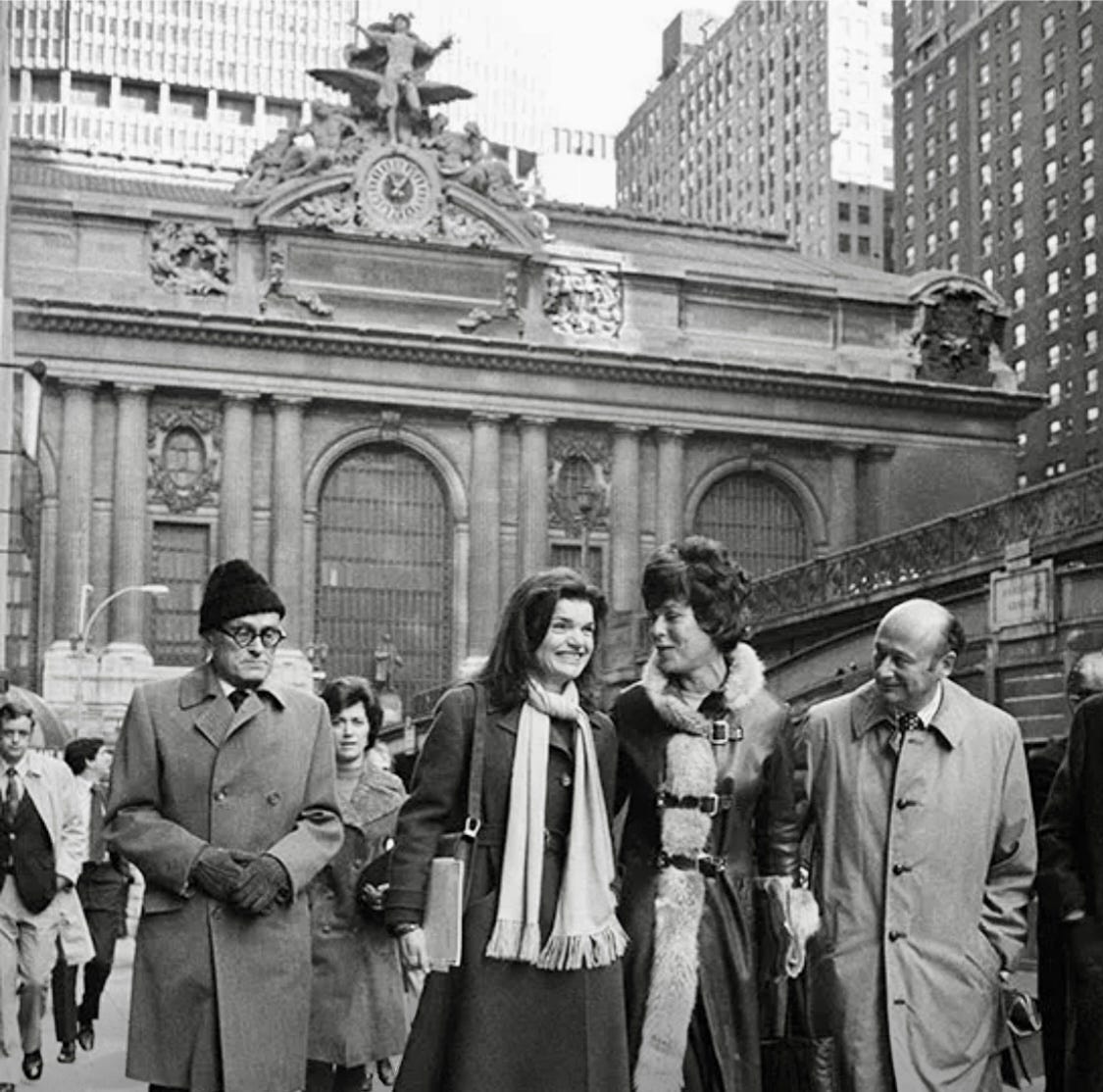
New York was falling apart but we were all in. Milton Glaser’s iconic I ❤️ NY logo was born into this bleakness in 1976 to cheer everybody up. (Link: here) But we didn’t need cheering up. We were on a mission.
Within a month of completing the course, I had a job at a Madison Avenue ad agency and Shelley was at a music publisher. We were both typing. In the decades since I’ve been grateful I know my way around a keyboard.
I signed a lease with my friend, Eileen, on a $400-a-month one-bedroom on East 55th Street with a kitchen so small we couldn’t both stand in it at the same time.
Shun Lee Palace, was just a few doors down and Eileen’s older sister, Clare, was our fairy godmother. She would take us to Shun Lee for the best Moo Shu Pork and Scallion Pancakes and always made sure we had everything we needed in the new apartment.
Meanwhile, at P.J. Clarke’s on Third and 55th, the ad men still gathered. Thin ties had been replaced by wide ties and sideburns, but the carousing continued apace at both lunch and dinner.
And then there was Spartacus, just across the street from our building. During its heyday it operated boldly, 24 hours a day, 7 days a week. It was billed as a “leisure club” in ads, with special “hostesses” that could help a gentleman “relax.”
In the late 70’s, New York was dirty and druggy and dangerous and there was poverty and hardship. But there was also an electricity and stubbornness and pride that places on the edge seem to have — an abandon and aliveness in art and culture and people. New York City offered the very best and the very worst, simultaneously.
Grand Central, Part II, 2015
By 2015, I wasn’t a regular at Grand Central anymore, but I’d just been in the area for an appointment. The waiting room had long ago been cleared of all the benches and was now used as an event space, crowded with pop-ups and holiday markets.
But on this day, the hall was empty, and as I glanced to the right I saw it. My lunch bench, curved like a hug in the corner, had survived.
I couldn’t believe I’d never noticed it was still there. My immediate instinct was to take out my phone and photograph it, wanting to keep the bench and this moment with me somehow.
How had forty years passed? How did I get here?
It was like seeing a ghost of my twenty-two-year-old self and the sight of it brought such a wave of melancholy I needed to sit down.
Immediately, I thought of Shelley and how we’d lost touch soon after Gibbs. Our friendship had been one of those brief but meaningful alliances during a shared experience and I wondered how her life had turned out.
I sat on the bench and stayed for a while. It was such an odd but familiar feeling being there.
This is one of the things I love about New York. You can sit and have a private moment in public.
The preceding few years had been one’s of some significant health challenges for me, a couple of costly missteps, the realization that my city was rapidly out-pricing me and the nagging feeling that when I looked at New York, all I saw was the past.
Sitting on this bench that had launched me into adulthood forty years earlier, it was impossible not to look back with regret at some of the things that I’d done and not done, some of the hurt I had caused those I love, some of the disappointment in myself.
In the midst of my reckoning, my decision was made: I was going to leave New York. The “wherever you go, there you are” quote came to me and I thought, “nah, I’m going.” It had been a good four decade run. I was 62 years old at the time and I wanted to look forward to new things and a change of location was required.
I’d miss my family and friends, but my brother and sister-in-law were opening a restaurant in Chicago and one of my best friends lived there, so I would have close people. Plus, I’d always loved Chicago.
As my final romantic gesture to New York on my last day there in August of 2016, I took myself to a late breakfast at the Algonquin Hotel. It was empty and my only companions were the members of The Round Table.
Dorothy Parker, one of my idols, was staring at me, and with good reason. Wasn’t I the girl, the English major, who had always secretly dreamed about writing? The one who had written a couple of tiny snippets that had been published in Metropolitan Diary in The New York Times and then wrote…Nothing? Ever? Again? (Okay, there was one other thing for the HuffPost about taking naps, but c’mon).
I’m the woman whose favorite book is Hemingway’s A Moveable Feast because if I could have lived at any time in history it would have been with the writers in Paris in the ‘20s. This is also a hopelessly romantic cliché, but at this point I embrace them all.
So I left New York — having gotten a raised eyebrow from Dorothy Parker— and then the strangest thing happened.
I started to write. ✨
Popovers for Dorothy Parker
In the early days of The Round Table, the members were always broke, so the owner of the Algonquin, Frank Chase, would give the group celery, olives and popovers for free.
Apparently, Dottie was a big fan. So in honor of Dorothy Parker, here is a recipe for the popovers I made last weekend. They are easy and fun to make and their rise is generated by heat and the steam created by the liquid in the batter. I used a popover pan, but a muffin pan will work, the popovers just won’t get as tall.
The batter rises over the top of the pan. A perfect treat for the deliciously over-the-top Mrs. Parker.
Recipe here: Popovers
This is my first personal essay here on Substack — thank you so much for reading it. See you soon.
Jolene

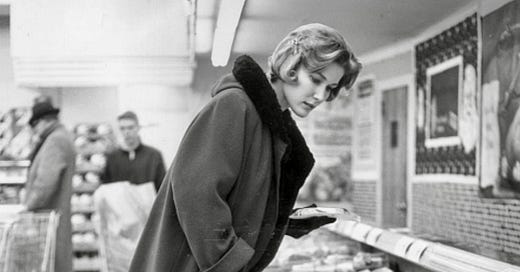



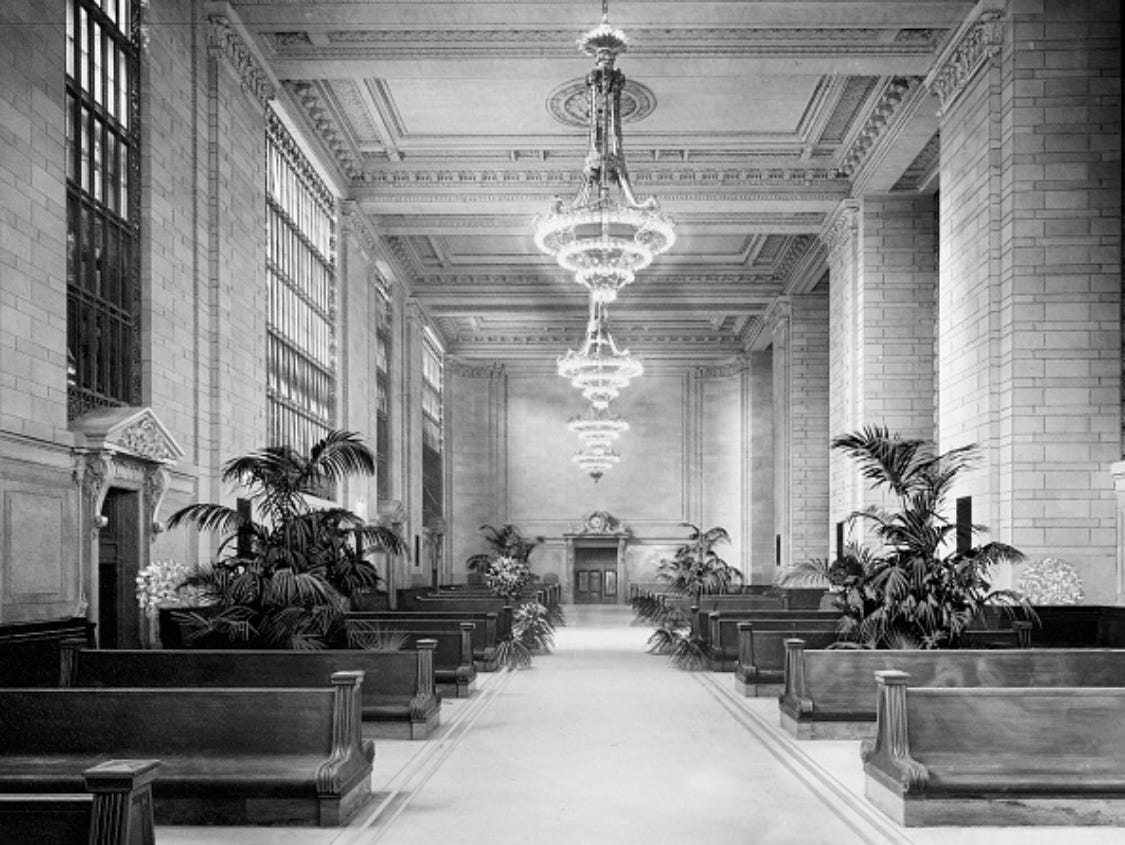
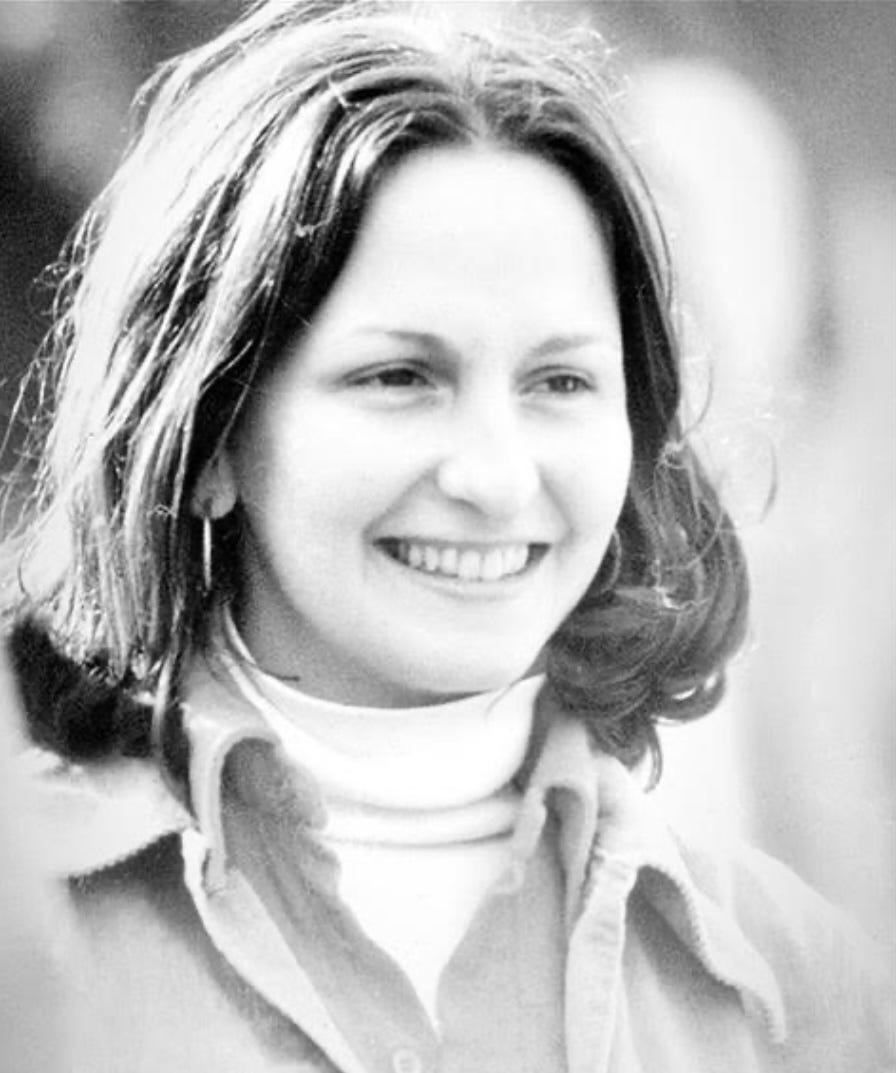
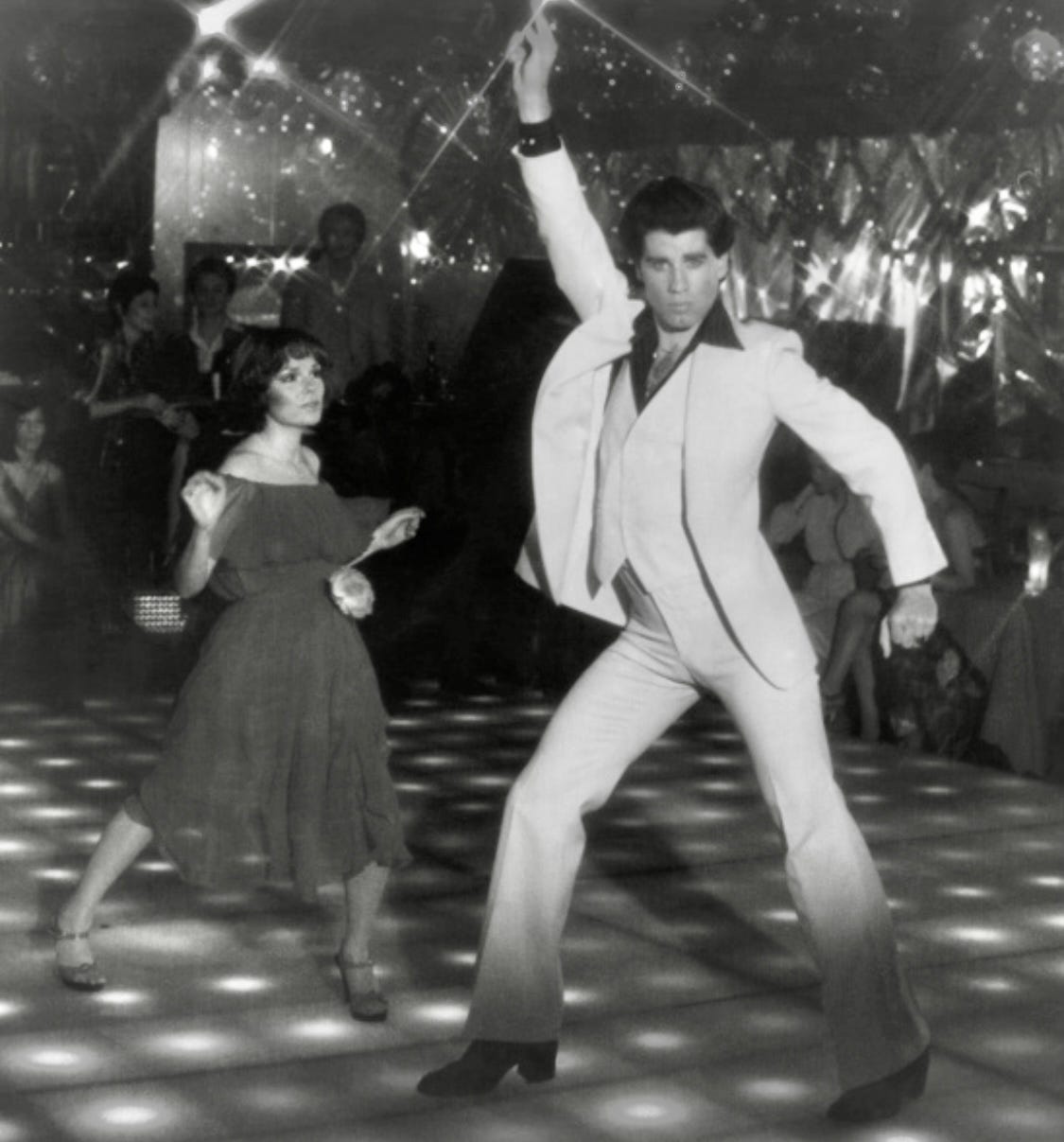
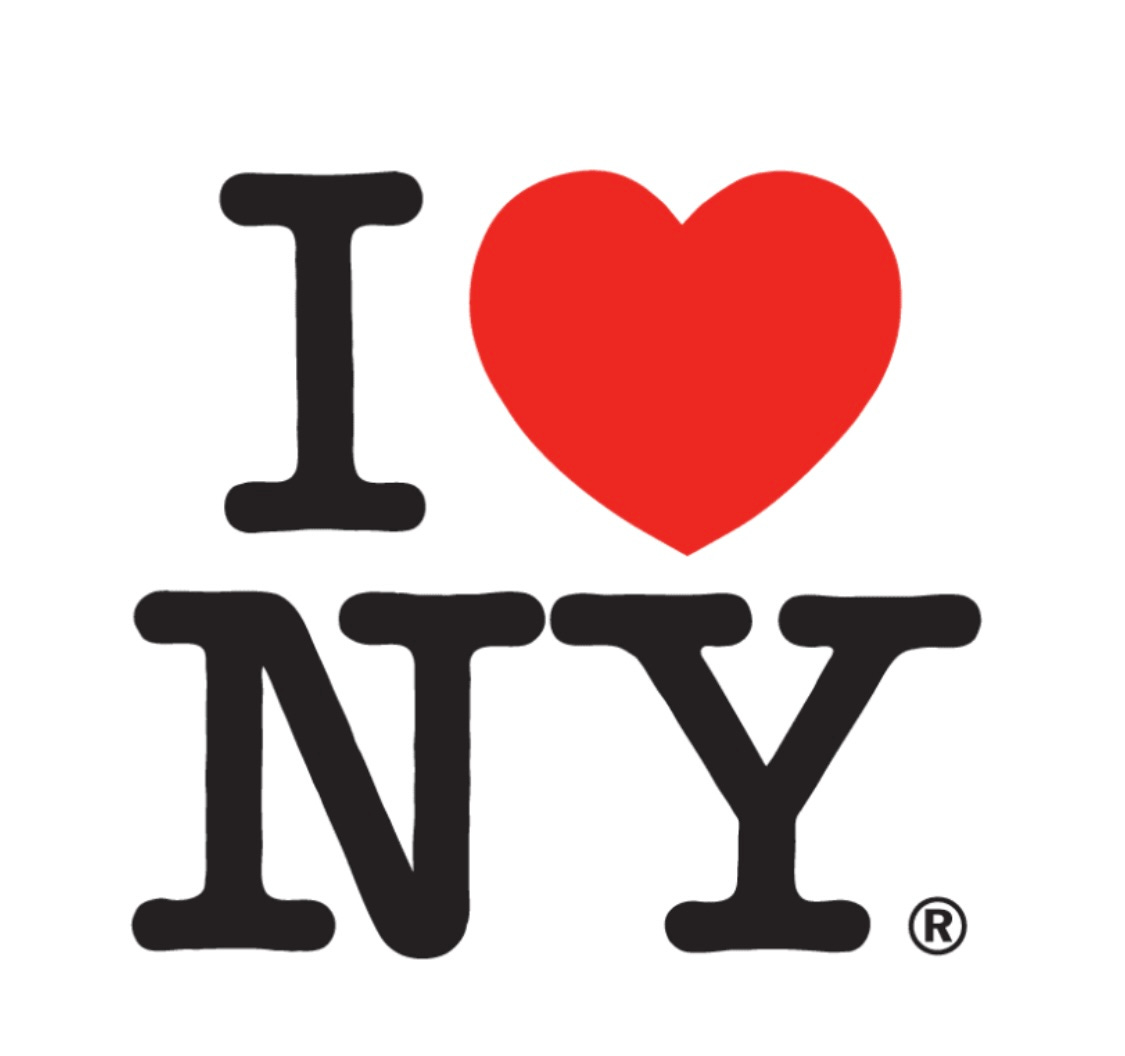
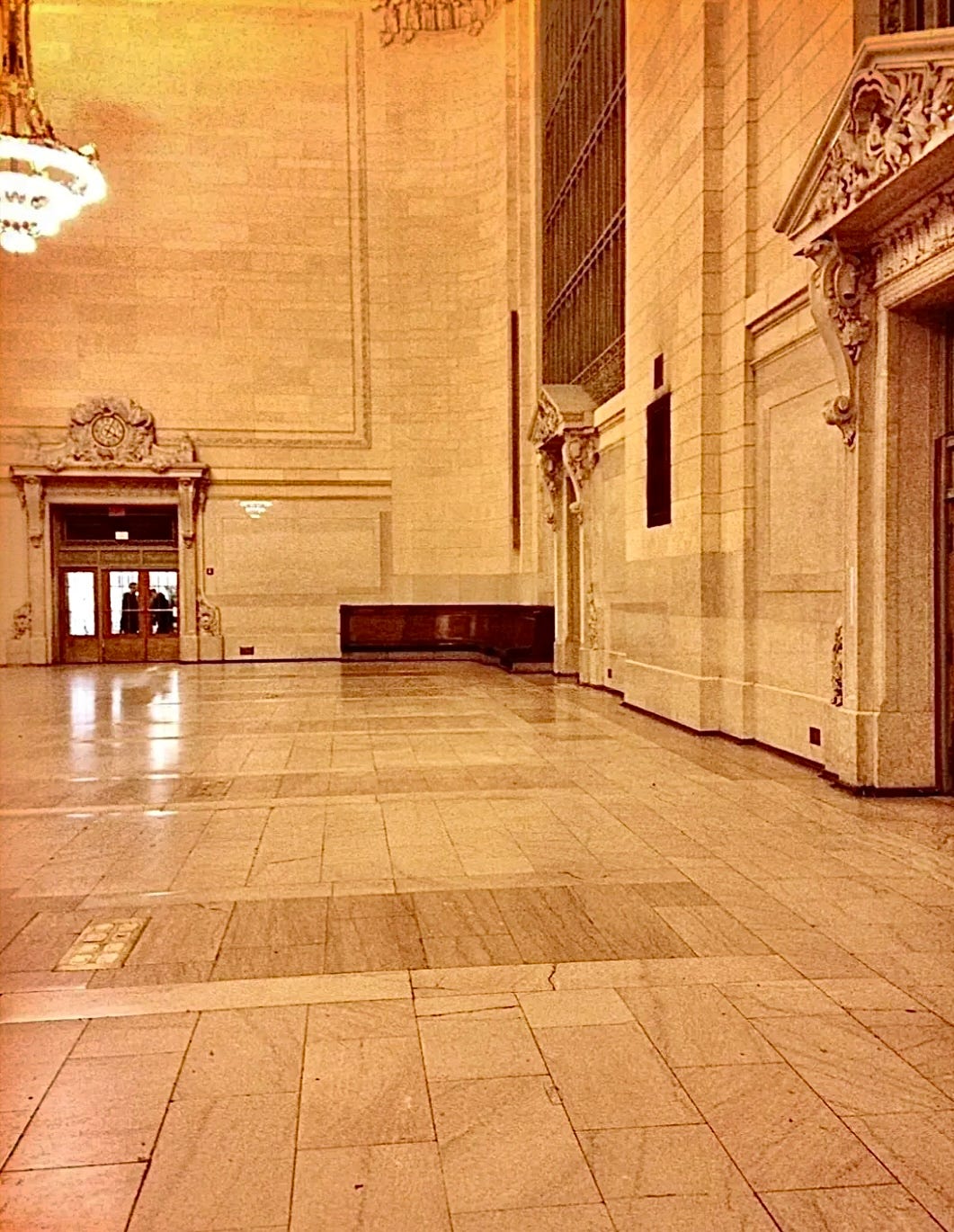
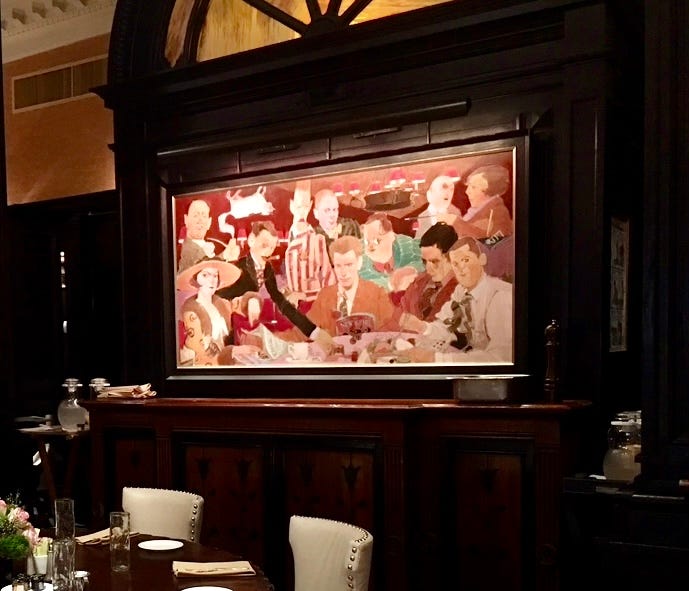
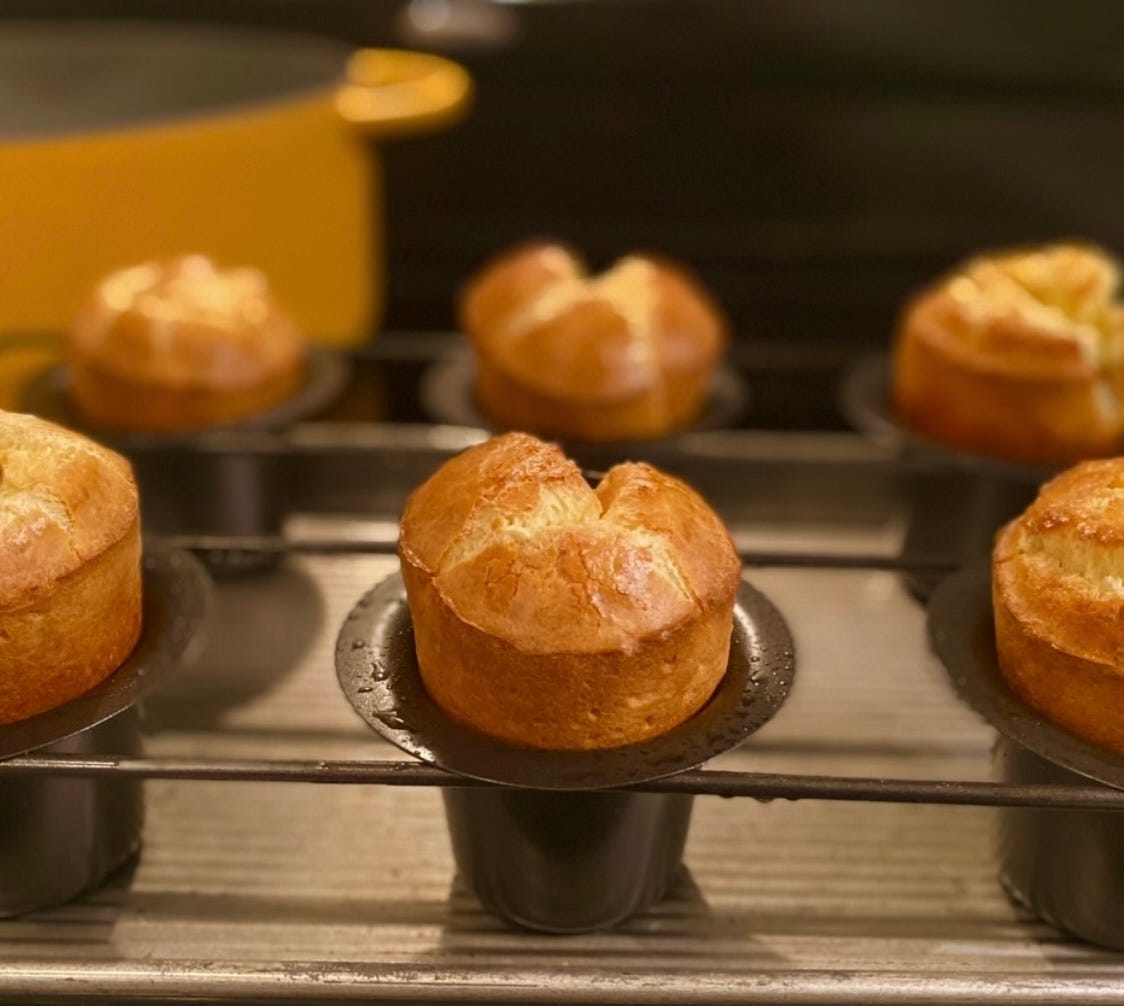
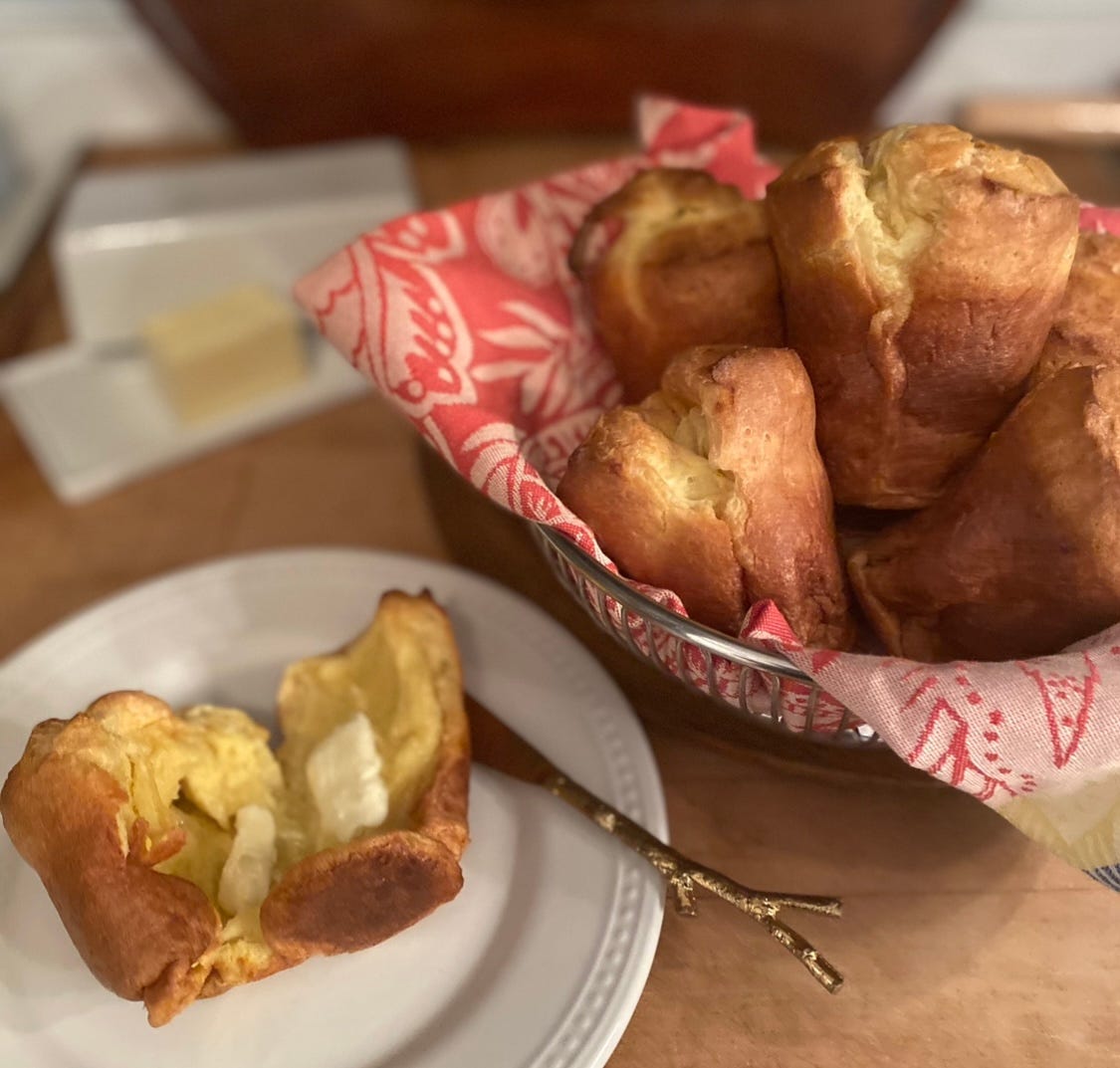
This is really great writing! I didn’t expect to attentively read the entire piece - at 2am, nonetheless!
Jolene, this is gorgeous writing! I am transported. Can’t wait to read more. I’m savoring this one. Plus, popovers are so yummy. I’ve never made them. Will have to try. English majors may not have a definitive direction and yet what wonderful adventures we have. So glad we are friends and writers. Honored really. Let’s keep going! 💛💫💛